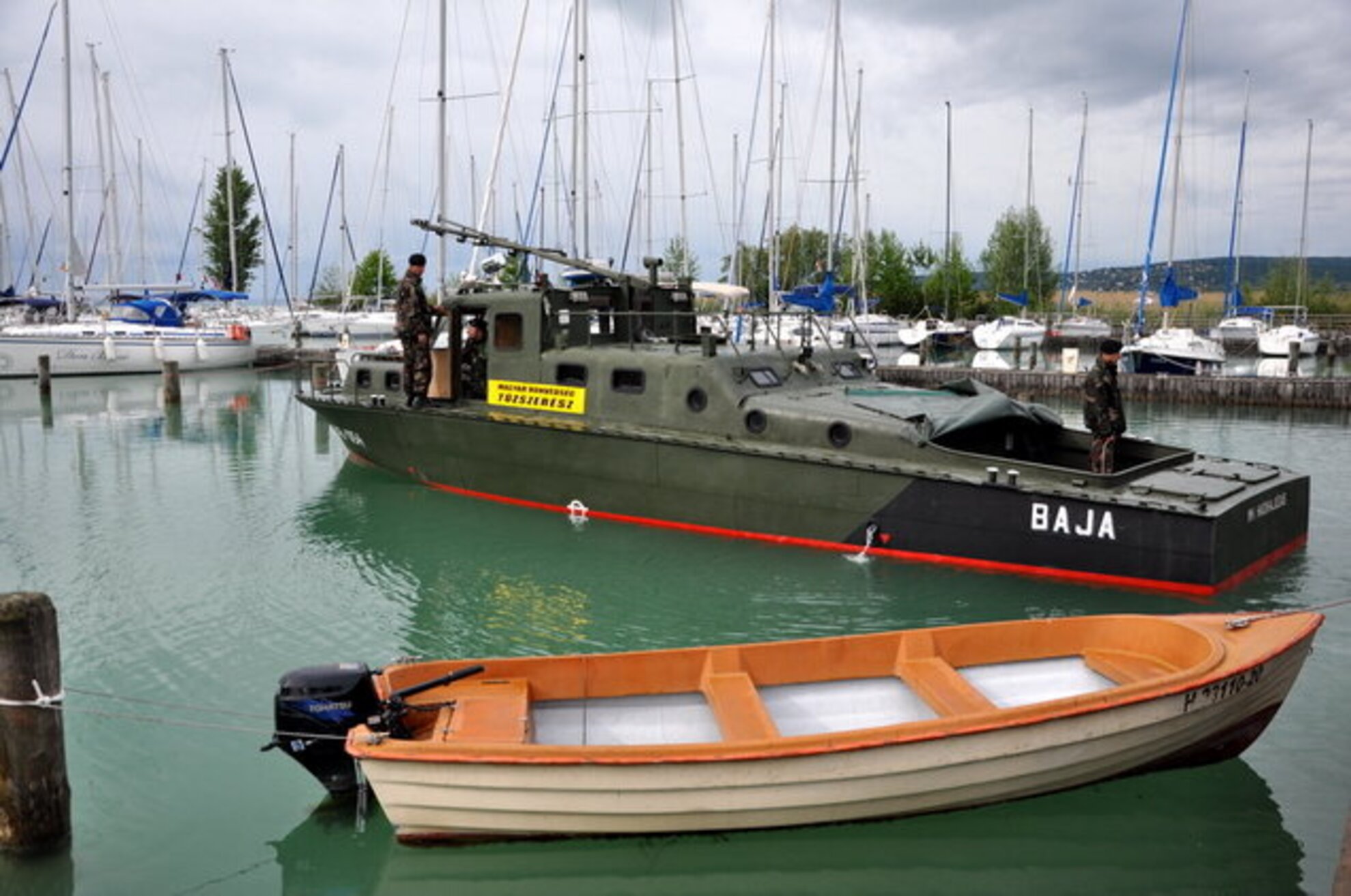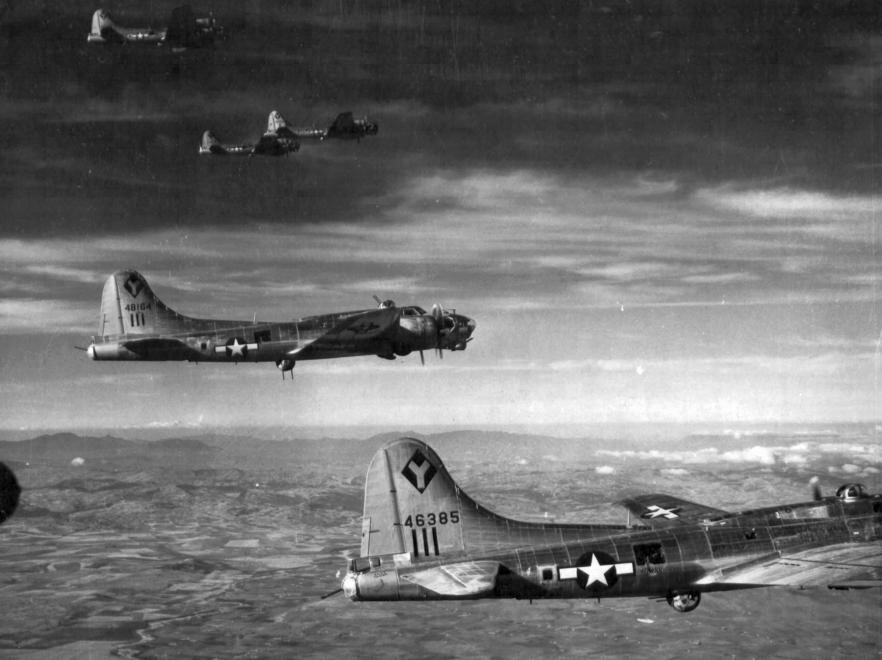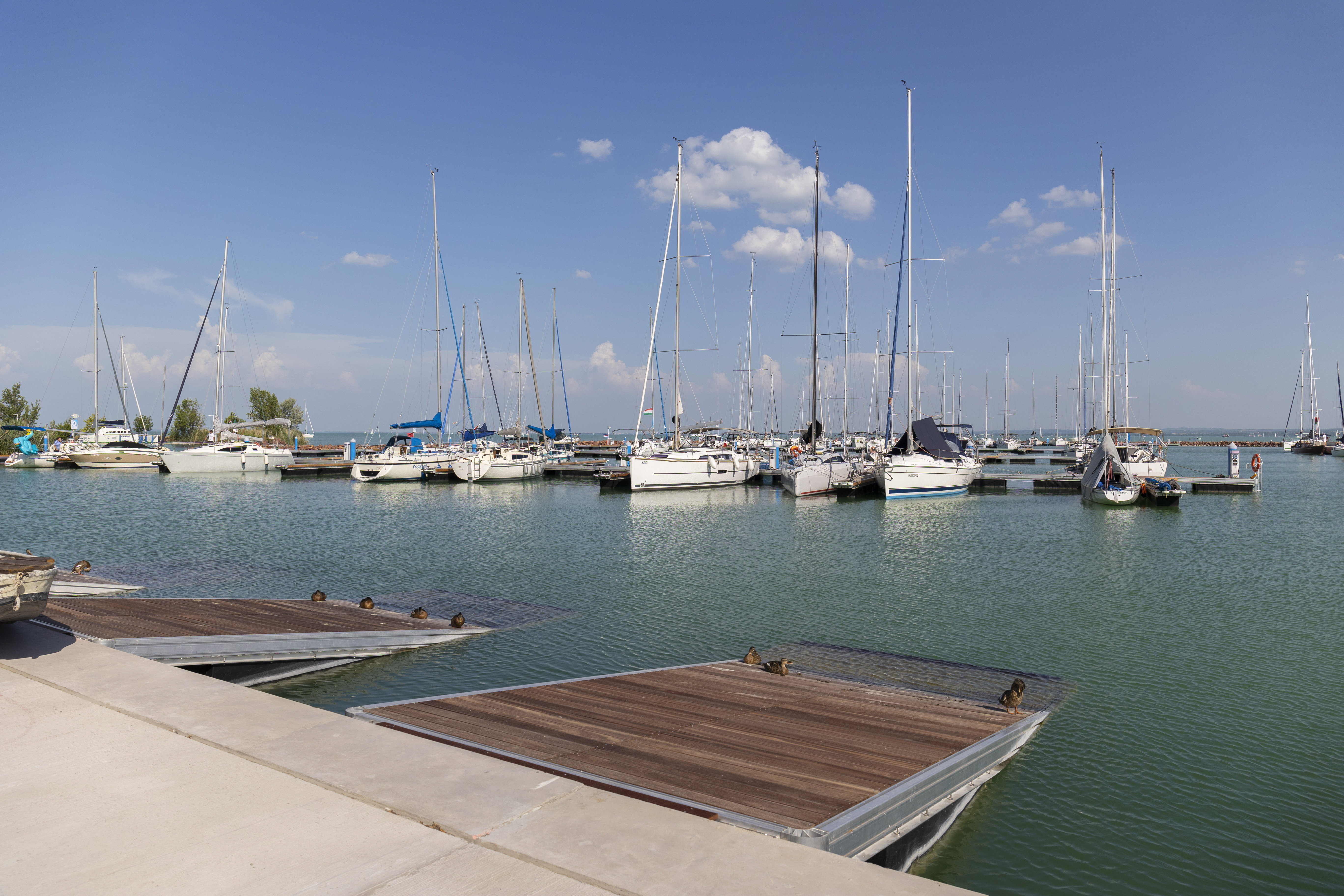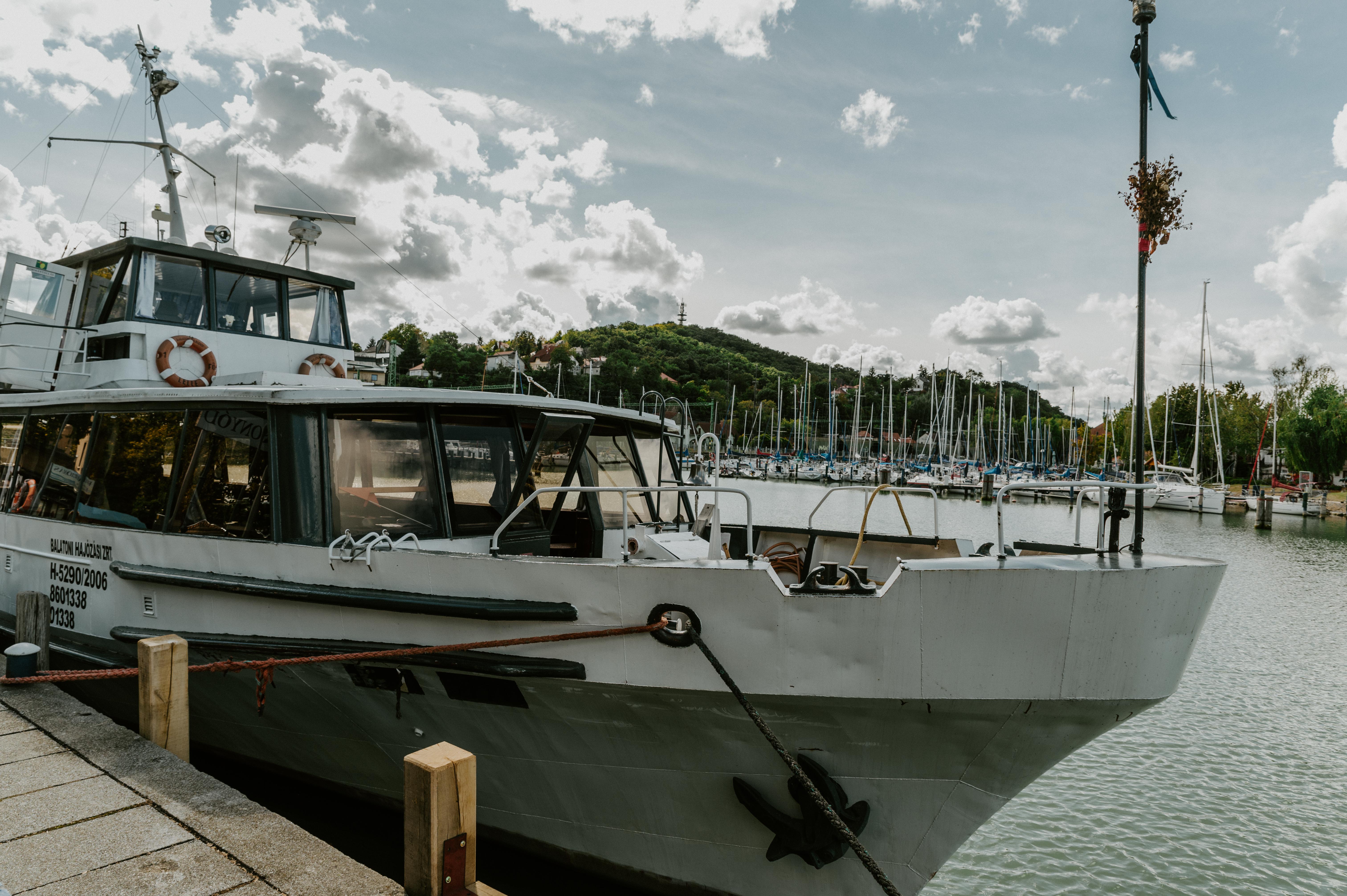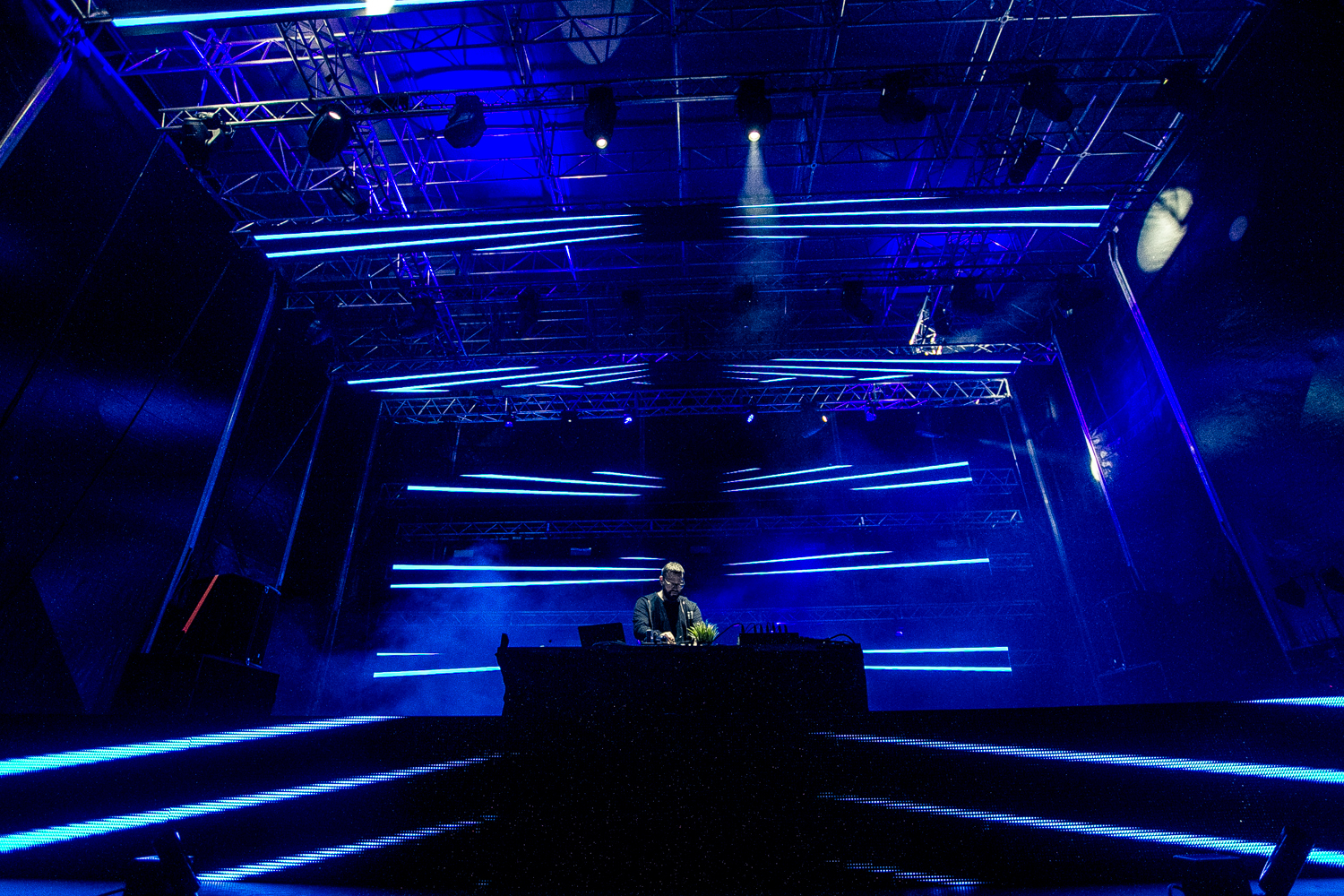A crazy night in Siófok: the members of a group of officers drink champagne, standing in the Lake. The lamps are covered, and those who aren't drinking or dancing talk about the fights. This is how the novelist Ferenc Karinthy imagined the last peacetime holiday by Lake Balaton, in the shadow of the approaching war, in one of his short stories.
In the spring of 1944 the fights hadn't reached Hungary yet, but the Brit and American bombers looking to destroy defense plants were already flying over Lake Balaton, where they were attacked by Hungarian and German fighters. Many witnessed the air combats in the sky above the summer Balaton, following which the planes hit often crashed into the water, the surrounding forests or fields. The first plane, an British bomber crashed into Lake Balaton by Gyenesdiás and it was followed by another 40-50 planes before the end of the war.
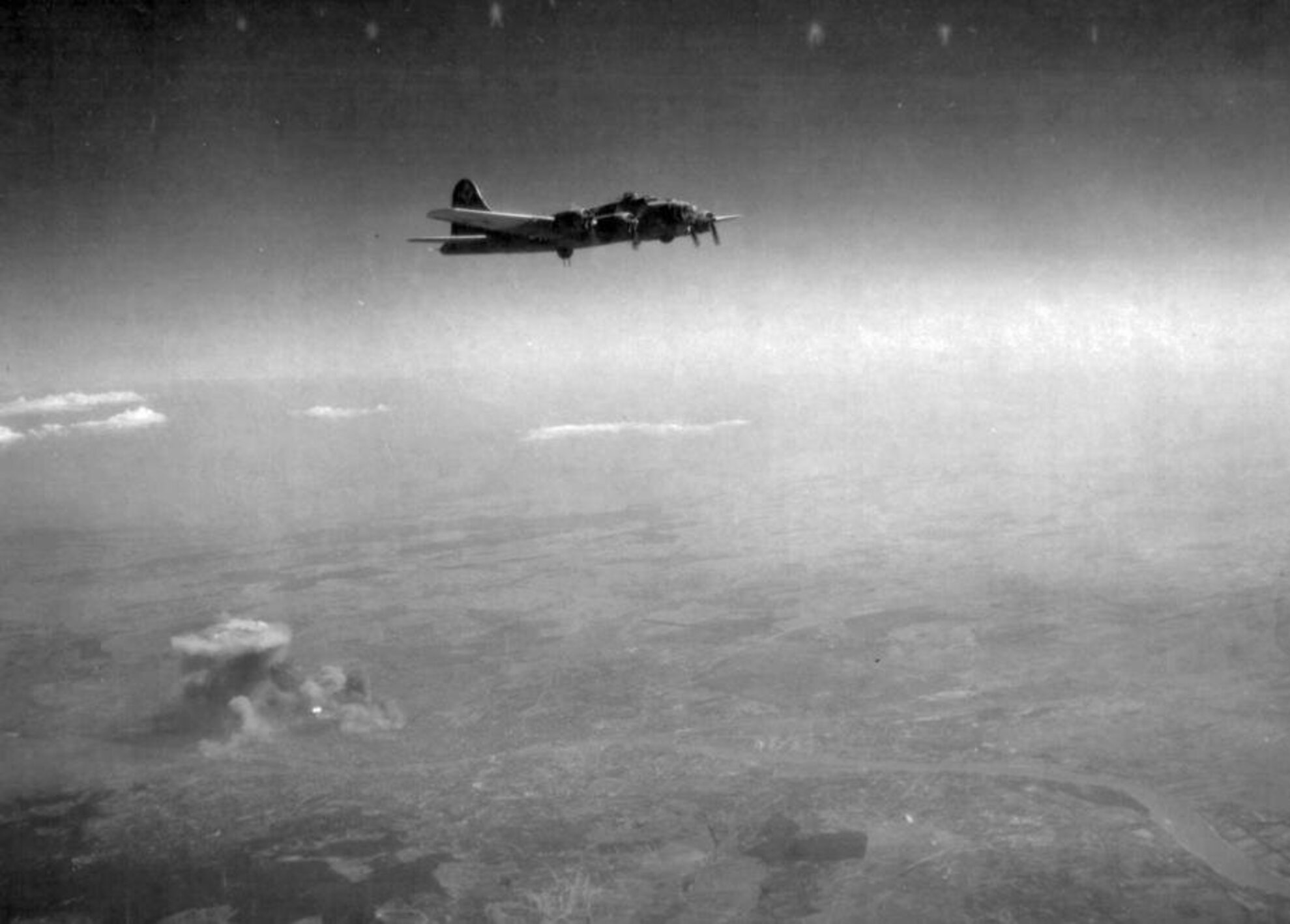
A few month after the first air combats, the Soviet army also reached Lake Balaton. There were bloody fights in the air, on the shores and even on the ice of the Lake. Boats were sunk and the famous bath house of Balatonfüred was destroyed. Hitler launched his last offensive from the eastern corner of Lake Balaton in March 1945.
After the war, the beaches and the boating routes were cleared of wrecks and other remnants of the war, but there are still planes in the depths of Lake Balaton today, which sometimes re-surface. In 1996, the remnants of a German bomber, a Junkers-88 were lifted out of the water near Balatonföldvár. In 1999, a mostly intact Soviet Il-2 was recovered near Balatonkenese, and the engine of another was dug out of the reeds of Alsóörs in 2003.
Neither the exact number, nor the exact location of the planes still under water are known - or at least the relevant information is not classified, there are also hearsays and half-truths circulating. The wrecks in the lake have moved many a creative mind: the legend of the sunken German Tiger tanks is still holding up, while the second episode of a popular Hungarian adventure series revolves around the treasure found among the wrecks of a German plane that had crashed into the water.

Although there are marvellous shots of divers swimming among the wrecks of Japanese warships, it isn't advisable to try and discover the wrecks in Lake Balaton by yourself, since the planes on the bottom of the lake might hold dud shells, fuel and the remains of pilots.
In spite of the plans, the museum of the planes crashed into Lake Balaton and the fights by the Lake has not been realised yet. The recovered intact Il-2 plane and the wrecks found near Földvár are exhibited at the Airplane Museum of Szolnok, hence we're left with photos and memorial grounds at the Lake.
The first one we recommend of these is the Rókarántó hill in Szigliget. The snowhwite "Kiskápolna" ("Small Chapel") atop Rókarántó is worth your time anyway, thanks to its gorgeous surroundings and the wonderful Balaton panorama. There is also a monument in front of the chapel, preserving the memory of the crew of an American bomber that crashed not far from here. There are two Soviet soldiers resting in Alsóörs' cemetery: the plane of Lieutenant Mironov and Corporal Teslenko crashed into the reeds here. It was the engine of their plane that was dug out in 2003, however their remains had been lifted out and buried earlier, in the 1970ies.

An American plane also crashed near Zamárdi, but the pilot could catapult in time. The injured soldier was captured by the gendarmerie, but since they did not speak English, they asked a girl on holiday to interpret for them. The pilot returned to his family later, the family of the girl emigrated, and when they found each other decades later in the US they visited Zamárdi together. Right behind Mauro Ristorante on Zamárdi' public beach, there's a memorial for those perished in air combat. Also in Zamárdi, near the Széplak-Alsó train station, the private collection Tarrka Militaria - The Museum of World Wars which exhibits various military relics, including objects abandoned after local fights.
The Lake doesn't only hide planes: on account of the winter fights on the ice, there are also unexploded ordnance, like mines and ammunition and other war rubble underwater. Post-war clean-up, unfortunately, can never be 100% efficient. Each summer, there are remnants of war found in the water or at the beaches.
Should you stumble across a metallic object on the beach, especially if its not a simple iron pipe but still cylindrical, it might turn out you found explosives. Chances are one to hundreds of thousands, but you can still be in danger, so, please, take it seriously. If you happen to step on a suspicious object, don't pick it up, don't kick it around, and most of all don't monger panic; just go to the shore and notify the authorities.
